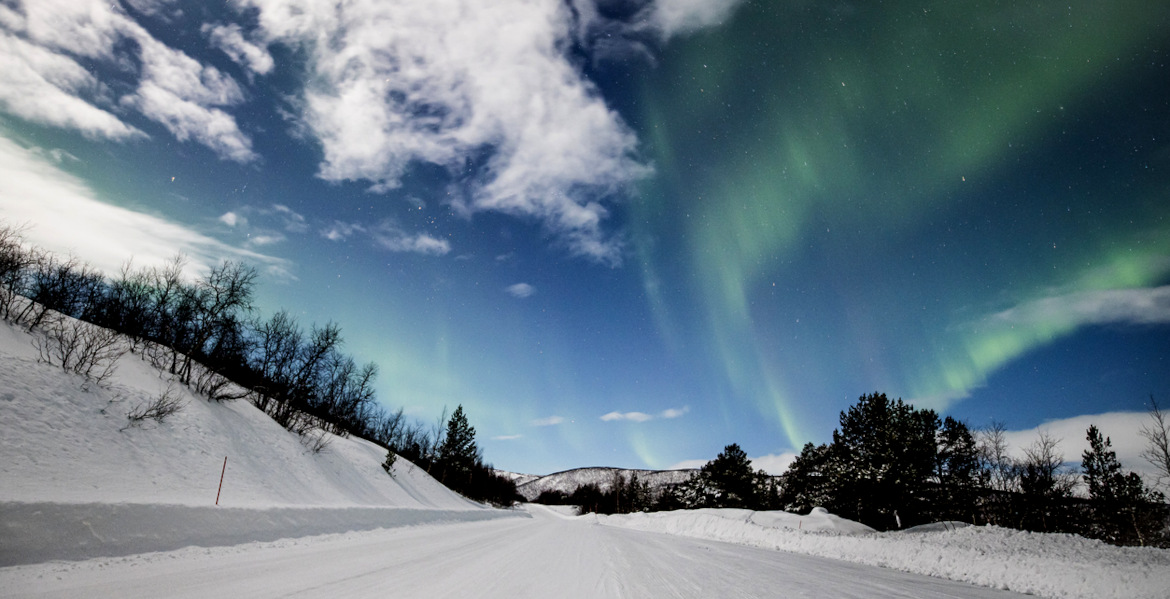The Latin Mass will no longer be celebrated in St. Hendrik's Cathedral, but will instead be moved to the much smaller St. Mary's Church (Mariakyrkan) in Helsinki.
The move is at the request of the Vatican and is said to emphasize “the role of the cathedral as a model and symbol of unity for the whole local Church” - where the traditional Mass no longer has an obvious place.
The decision has caused concern and irritation among many Catholics, as the Tridentine Mass has been regularly celebrated in the cathedral since 2007, when Pope Benedict encouraged wider use of the ancient liturgy and welcomed the fact that Masses were celebrated in Latin.
Since 2021, however, the current pope, Francis, has chosen a different path and has instead imposed several restrictions to limit the use of the old rite. For example, according to the Vatican's liturgical office, only 57 parishes in the world were authorized to offer the traditional Mass in 2022.
The Vatican's justification for the move to the smaller Church of Mary - citing the larger cathedral's role as a "symbol of unity" - also reflects ongoing tensions between the church under Pope Francis and more traditional Catholics who prefer the older liturgy, many of whom have already expressed feeling marginalized or alienated under Francis' more liberal and "modern" leadership.
Finland's first bishop
"The exact schedule of masses will be announced later, but of course they will continue to be celebrated on the first Sunday of the month", the church said in a press release.
St. Henrik's Cathedral was completed in 1860 but not consecrated until 1904, and its original purpose was to serve Russian Catholics in the army and Catholic merchants.
The church is named after St. Henrik, Finland's first bishop, who was appointed during the Swedish crusade against Finland in the 1150s and, according to legend, was killed by a peasant named Lalli.




